Directed-energy weapons have been at the cutting edge of military research for over 40 years. The idea of directed-energy weapons that employ either laser, microwave, or particle beams was the driving force behind President Reagan’s “Strategic Defense Initiative (=SDI)” in 1983. At the time, it was conceived as giving the US an advantage against the threat of Soviet ballistic missiles, by disabling these missiles in flight–a much better alternative to the “mutually-assured destruction” of a nuclear war.
Directed-energy Advanteges
Even though the SDI program was abandoned with the end of the Cold War, efforts continued to develop and employ directed-energy weapons–with laser-based weapons being the easiest alternative. Here are several clear advantages to such weapons:
- Speed and stealth: The “ammunition” travels silently, at the speed of light. This makes it effective even against high-speed targets.
- Range: A directed-energy laser weapon can have a range of up to 20 kilometers, depending on atmospheric conditions.
- Efficient: They can be deployed against several targets successively, after a certain amount of necessary “dwell time” until it is effective against each target.
- Economical: Once deployed, a directed-energy laser can be much cheaper “per shot” than conventional weaponry. Additionally, you are assured of firepower as long as you have a generator powering the laser.
At lower intensities, such devices can also be used as non-lethal weapons, to be utilized as a “long-distance taser”, or pulsed-energy projectile device, which can be used in riot control.
Directed-energy Challanges
But there are also unique challenges to using a directed high-energy laser for defense purposes:
- The device must be monitored regularly, to ensure that the laser employs the desired energy density, over the designated amount of space. You have to also ensure that there is no degradation in performance due to age, or contamination from debris.
- Monitoring a high-energy laser will require special sensors that are capable of working in the multi-kilowatt power range.
- Such high-power lasers experience thermal effects, where you have to dissipate the heat generated by such a device. It is also essential to verify that the heat generated by the laser doesn’t affect the laser’s performance.
- There are challenges in controlling a beam to narrow it down to only the specific target. Also, it is necessary to monitor the alignment of the beam.
Beam Sensor Devices
Ophir has a full line of laser beam power sensors to analyze and monitor laser performance, designed to work in the multi-kilowatt power range. For example, Ophir’s 16K-W-BB-55 (Fig. 1) sensor is a water-cooled thermal power sensor that can measure beam powers ranging from 100 W to 16kW, with an aperture of 55 mm. At the top of the line, there is the 120K-W (Fig. 2) thermal sensor, capable of measuring beam powers ranging from 10 to 120 kilowatts. Ophir guarantees that their sensors have been tested at full power, verified to be accurate and to behave linearly over the entire range.

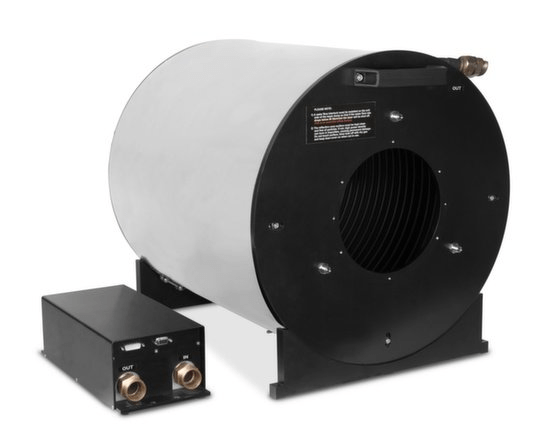
Beam Dump Devices
When dealing with high-energy lasers, another essential piece of equipment is a beam dump. These are intended to block any stray laser beams, as well as contain the incident beam, and thus prevent unnecessary exposure that might endanger personnel or damage a sensor. Ophir’s BD10K-W (Fig. 3) is a broadband high-power beam dump, capable of absorbing beams with a maximum incident power of up to 11 kilowatts.
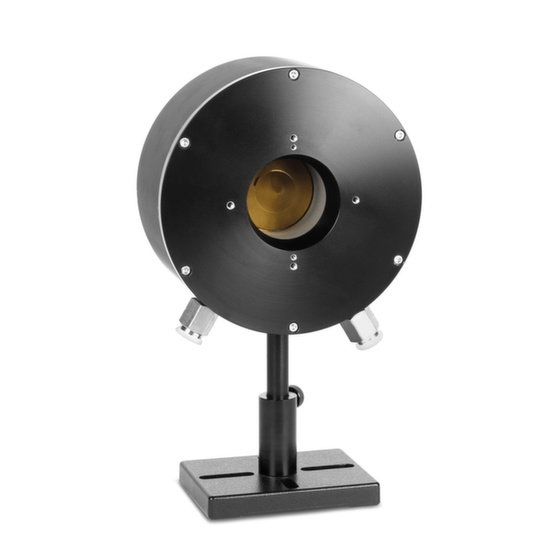
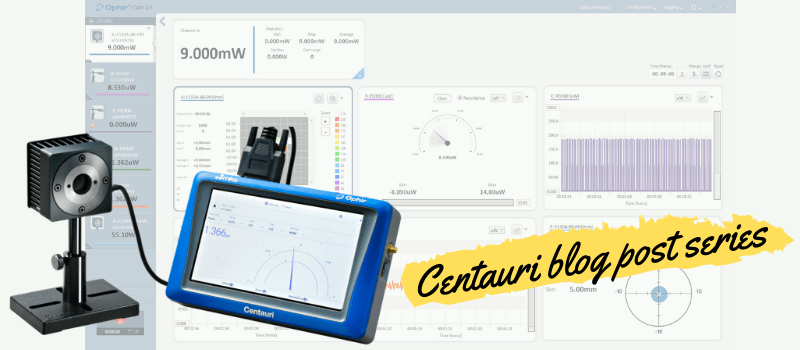
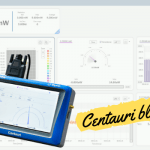


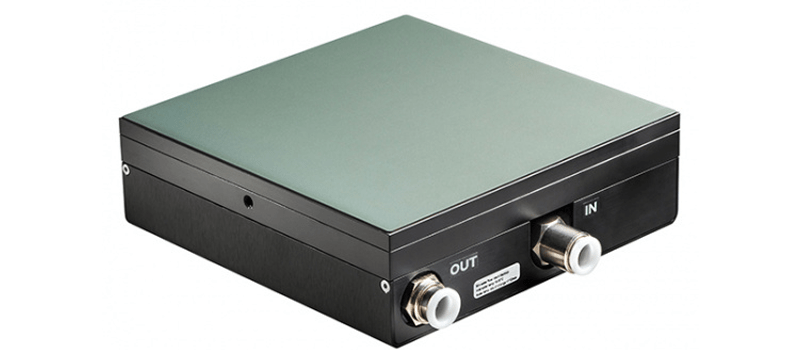
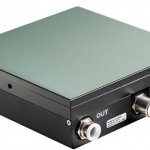




Leave a Reply
Your email address will not be published. Required fields are marked *